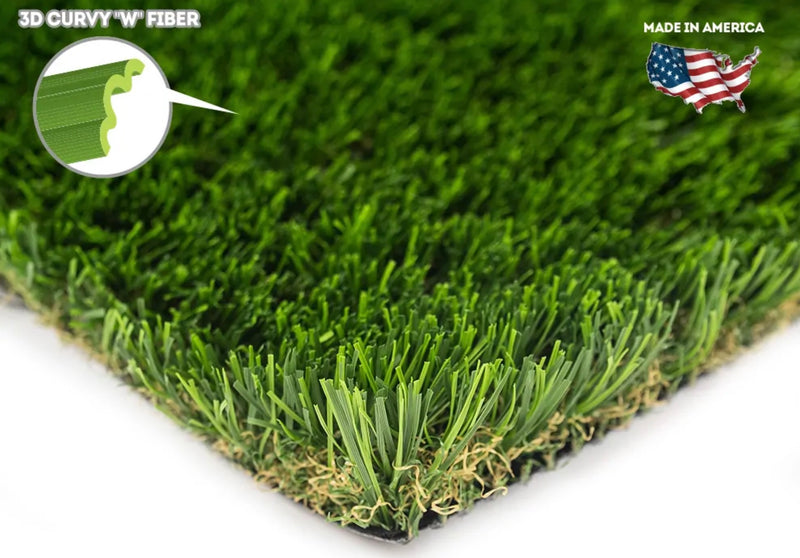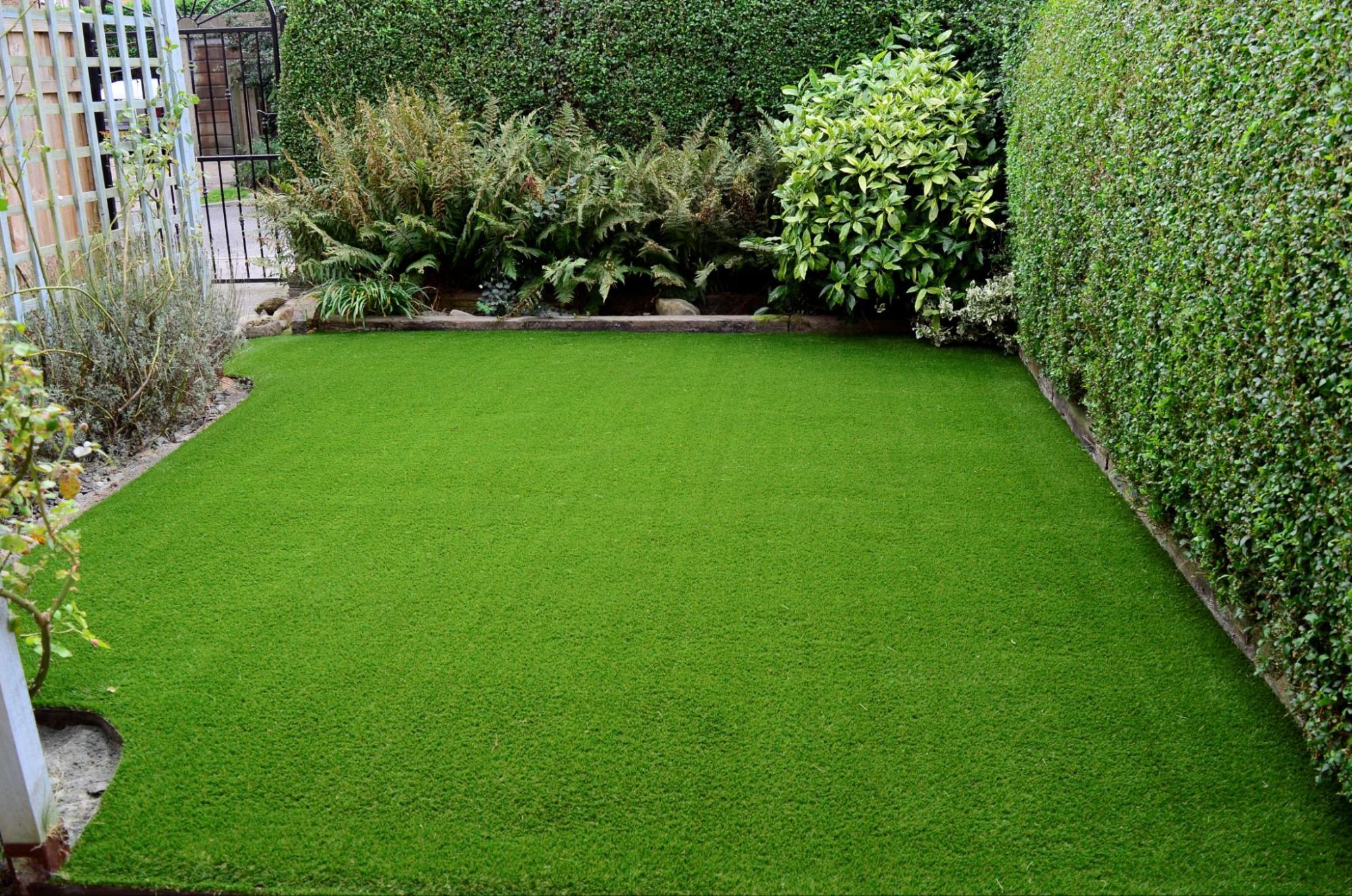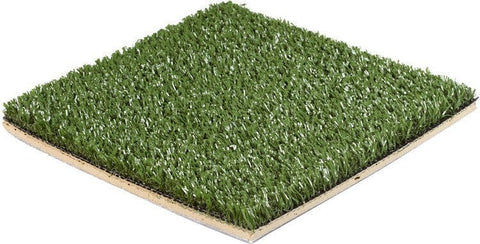Explore the Environmental Advantages of Opting for Synthetic Grass Solutions
The fostering of fabricated grass solutions presents a compelling possibility to attend to pressing environmental challenges. By dramatically decreasing water use and minimizing the application of damaging chemicals, these alternatives not just promote sustainable landscaping yet also safeguard regional environments.
Water Conservation Perks
One of the most considerable advantages of synthetic grass is its capability to conserve water. In contrast, synthetic turf does not require watering, dramatically lowering the general need for water resources.
By eliminating the demand for normal watering, synthetic turf adds to sustainable landscape techniques and aids mitigate the environmental influence of extreme water intake. In addition, the conservation of water reaches the decrease of overflow, which can cause dirt disintegration and waterway air pollution.
Additionally, the setup of artificial lawn permits towns and house owners to designate water sources extra successfully, concentrating on crucial usages such as drinking water and agriculture. The change towards synthetic grass not just advertises responsible water use but additionally straightens with broader ecological objectives targeted at preserving natural deposits.
As areas significantly prioritize sustainability, the water conservation benefits of fabricated grass offer an engaging case for its adoption in property and commercial landscape design tasks.
Reduced Chemical Usage
The change to synthetic grass dramatically lowers the reliance on chemical therapies commonly made use of in all-natural lawn maintenance. Conventional turf administration usually involves the application of pesticides, plant foods, and herbicides to advertise development and control insects. These chemicals can present risks to human health and wellness, regional wild animals, and the environment, adding to soil and water contamination.
On the other hand, fabricated grass gets rid of the need for these harmful substances. As soon as mounted, it requires very little upkeep, primarily consisting of routine cleansing and occasional infill replenishment. This decrease in chemical use not only profits the immediate setting however additionally adds to broader environmental stability. By decreasing the launch of artificial compounds into the environment, artificial grass advertises healthier soil and water systems.
Furthermore, the lack of chemical drainage associated with synthetic grass installments helps safeguard neighborhood rivers from pollution, supporting aquatic life and preserving biodiversity. Phoenix turf companies. As areas progressively prioritize sustainable practices, choosing synthetic grass presents a feasible solution that lines up with environmental conservation goals. Through this change, residential property proprietors can appreciate rich environment-friendly areas without compromising ecological health and wellness, leading the way for a much more sustainable future
Lower Carbon Impact

In addition, the installment of man-made turf can result in significant water conservation. All-natural yards call for substantial quantities of water for watering, which not only includes to the carbon impact linked with water extraction and therapy but likewise stress local water resources. In contrast, man-made grass requires minimal maintenance, needing no watering, thereby substantially minimizing water usage and its associated power expenses.
Additionally, the durability of synthetic grass adds to its lower carbon impact. With a life-span of up to 15 years or even more, the requirement for regular substitutes is reduced, resulting in less waste and lower power consumption in production and taking care of traditional lawn options. Overall, synthetic grass offers a lasting option for ecologically conscious landscape design.
Environment Conservation
Habitat preservation is an essential consideration in the debate over landscaping selections, specifically when comparing synthetic grass to natural grass. All-natural yard yards often call for comprehensive maintenance, consisting of using plant foods, chemicals, and herbicides, which can negatively affect regional communities. These chemicals can seep right into the dirt and rivers, hurting native plants and animals and interrupting regional habitats.
In contrast, synthetic grass offers an opportunity go to this website to reduce the eco-friendly footprint of landscape design. By selecting artificial turf, homeowners can reduce the disturbance of all-natural environments connected with typical lawn treatment practices. Artificial lawn removes the requirement for harmful chemicals, consequently shielding nearby wild animals and maintaining the integrity of bordering environments. The setup of man-made lawn can lead to the conversion of former grass locations right into even more biodiverse landscapes, such as pollinator gardens or indigenous plant locations, which can support neighborhood wildlife.
Eventually, the transition to artificial turf not only saves water and lowers maintenance efforts yet likewise promotes a more unified connection in between human activities and the all-natural atmosphere, advertising environment conservation in the procedure.
Long-Term Sustainability
Long-term sustainability is an important element in examining the benefits of synthetic grass over typical yard yards. One of the most considerable benefits of synthetic grass is its toughness; it can last as much as 15-20 years with marginal maintenance, whereas natural yard requires constant reseeding and substitute. This long life reduces the requirement for consistent sources, such as water, plant foods, and chemicals, which are essential for maintaining a healthy and balanced yard yard.
Furthermore, synthetic grass contributes to a reduction in carbon exhausts related to lawn care devices. Conventional lawns usually require gas-powered lawn mowers, leaners, and blowers, every one of which contribute to air contamination. Phoenix turf companies. On the More Bonuses other hand, synthetic grass gets rid of the need for such tools, advertising a cleaner atmosphere
Moreover, the manufacturing of synthetic grass significantly utilizes recycled materials, enhancing its sustainability profile. As makers take on environment-friendly methods, the ecological footprint of synthetic grass proceeds to reduce.

Conclusion
The adoption of artificial lawn options provides considerable ecological advantages, including significant water preservation, reduced reliance on unsafe chemicals, and a lower carbon footprint. Fabricated grass aids in preserving all-natural environments by reducing land disruption and promoting lasting sustainability with the use of long lasting materials. Collectively, these factors emphasize the potential of synthetic grass to contribute favorably to environmental health and use a viable choice to conventional landscaping practices in an increasingly resource-conscious globe.
In contrast, fabricated lawn does not need watering, considerably lowering the overall demand for water sources. By minimizing the release of artificial substances right into the ecological community, man-made grass advertises much healthier dirt and water systems.
Additionally, the installation of fabricated lawn can here are the findings result in significant water conservation. In comparison, fabricated turf requires minimal maintenance, requiring no watering, therefore dramatically decreasing water use and its connected energy expenses.
